And finally, the lackluster winter season has come to an end. I haven’t had much to say these last three months, as none of the new shows really stood out to me at all. Ultmately, while a couple of the winter series were all right, it was the continuing shows from previous seasons that carried the day here. Thankfully, the spring is looking to be much more promising so far.
I’ve noticed that I dropped a lot of stuff at around the halfway point in the season. Must’ve been around then that my taste came back, and I realized that I’d been grasping at straws trying to find something worthwhile in a pretty dead season.
As with the Fall, in the case of ongoing shows, I will only be reviewing the portion that aired this season (except for World War Blue, because that had a weird airing schedule).
So yeah, let’s get this review thing underway:
So I Watched All of This But It Pretty Much Sucked
21. Aoi Sekai no Chuushin De
World War Blue, to use the official translation of the title, was supposed to be a personification of the console wars between Nintendo and Sega from back when Sega was still relevant, with all the characters being exaggerated representations of those companies’ flagship titles. What we got was Sonic, Tetris, and some obscure RPGs that barely qualified as video game references so much as generic fantasy characters, all taking part in some minor skirmish against Taito, while the Nintendo army loomed ominously in the background. And a lot of really lame sex jokes. Now that I think about it, there were probably more sex jokes than video game jokes. Anyway, just as the Nintendo army was suiting up to go to battle with our heroes from Segaland, the series ended. The adaptation was over. Seriously? All of the interesting and recognizable designs were for the Nintendo characters, and they didn’t even do anything! This anime only adapted the Taito arc of the manga, which was clearly more of a plot stepping-stone than a major conflict, and it stopped before we even got to the entire point of the story! Apart from the Nintendo characters making themselves look tough onscreen, probably the most exciting thing that happened was a subtle joke where Tetris introduced Bubble Bobble to the magic of puzzles, implying that he had just created Puzzle Bobble. But when the big draw of your series is the Nintendo vs. Sega conflict, you can’t just throw that part out entirely. Without that, World War Blue simply had nothing left.
Nope, Couldn’t Even Finish This
20. Robotics;Notes
So last time I brought up Robotics;Notes, it was around the halfway point and I noted that “the plot was slowly emerging” and “there is a lot of potential built up for the second half.” Well, 2/3 of the way into the series, something, ANYTHING had still ceased to happen. Instead of things happening, what we got were meandering character arcs that halted the story in its tracks, and while Frau’s was pretty good, I guess, none of them really had any lasting impact. Seems like the creators thought it would be a good idea to drop everything right before the climax and animate the other character routes from the VN. In a rare moment of agreement with the show’s staff, I promptly dropped the show itself right then and there. Amusingly, it was in literally the next episode after I dropped it that things reportedly started to happen, but from what I hear they were contrived, stupid, and not at all worth the fifteen episodes it took to get there, especially since by this point I cared even less about the characters and what was happening than I did before. Also there was something about a parrot. Dropped at episode 15.
19. Cuticle Detective Inaba
As vaguely receptive as I may have been with Inaba before, I quickly lost my patience with it. I lost the will to put up with a show’s horrific comedic timing and almost aggressive unfunniness. Don, Lorenzo, and Azusa are goofy and all, but none of the other jokes that happened were very good. Because that’s probably the best way to describe the presentation of the jokes. They just “happen.” There’s no thought put into the presentation, no buildup to them, no time to appreciate them – they’re just kind of there. And for a show whose sense of humor seems to be character-driven, none of the characters outside the three listed above have any comedic value, and some of them, like the overactive tsukkomi character, manage to actively ruin the jokes as they happen. The new characters the show introduced, such as Inaba’s brother, ended up bogging things down even worse. It was just frustrating to see the show continually trip over itself as much as it did. At least the ED song was enjoyable. Nothing quite like a singing goat in a cape. Dropped at episode 5.
18. Little Busters
Surprisingly, Little Busters managed to pull off a miraculously decent string of three episodes following its halfway point before it crashed back down to the level of insufferability I’ve come to expect from my arch-nemesis, Key. The sleepover episode was easily the best of the entire series, both for being genuinely funny and for finally acknowledging Riki as one of the girls. And for the two episodes of Book Girl’s arc, we got the series’ best female character in the form of Fake Book Girl, a character who broke my most maligned Key conventions by having a voice that didn’t make me want to tear my ears out and commanding my attention for a reason other than having a brain like a mashed potato sandwich (that actually sounds kind of delicious). Of course, as if to remind me that this is Key we’re dealing with, she turned out to be the overly dramatized manifestation of some childish trauma that Book Girl was facing, so she disappeared after only one two-episode arc, her existence ultimately a disappointment. But for those two episodes, there was a character worth watching. Then the twin sisters’ arc came around and I once again lost all hope for the show on the spot, as the hilariously bad Key drama got so contrived it’s questionable whether its source is even physically possible. It was especially sad because I kind of liked Klepto Twin before her drama arc tore her down. This arc, combined with the wasted potential of Book Girl’s, finally aggravated my allergy to this show’s garbage to the breaking point. Having that run of three consecutive decent episodes, I figured it was a safe bet to assume I had seen the best that Little Busters had to offer, and I decided to cut my losses after the twins’ arc. Dropped at episode 18.
17. Mangirl
At about the halfway point of Mangirl I decided it just wasn’t funny and I had better ways to spend that 3-5 minutes every week. Dropped at episode 6.
16. Maoyuu
From the looks have things, Maoyuu could have chosen to be a show about boobs or about economics. It didn’t choose. It tried to be about both and at the same time to push the romance angle into the forefront. Which is really too bad because romance actually requires your series to have characters. I’m sorry, Maoyuu, but boobs, contrary to what you may have heard, are not characters. When it wasn’t focused on mixing oil and water and calling it chemistry, its economics side got increasingly preachy, lecture-y, and far-fetched. And when it tried to bring in some action, it somehow managed to make a fight against GIANT WARRIOR WALRUS boring. Dropped at episode 6.
15. Magi
The more I watched Magi, the more I realized that its interesting setting was little more than a veneer for a pretty routine shounen action series, complete with all the annoyances that come with it. It slowly became clear that, at its core, Magi was just the same tired shounen battle series as every other, with all the same vague battle taunts, vague magical powers, and vague character motivations. I do have to thank Magi for helping me realize that it is this vagueness that utterly drives me up the wall about most shounen – any depth to the conflicts is superficial at best, and the superpower systems tend to be arbitrary, such as moving faster, having a bigger sword, or shooting different-colored light beams. Also, A-1 Pictures put like zero budget into this show and the animation is really sloppy. Oh, well. At least there’s Hunter x Hunter. Dropped at episode 17.
Well, I Didn’t Drop It, At Least
14. Ai Mai Mi
I’m pretty sure the only reason I was able to finish Ai Mai Mi was because the episodes were less than five minutes long. It was occasionally so nonsensical as to be funny, but mostly it just made no sense. The monster episode was pretty great, though.
13. Kotoura-san
I’m still not entirely sure what to say about Kotoura-san other than that it was incredibly inconsistent. The tone continued to oscillate between its school comedy and awful melodrama to increasing extremes; its already-fragile balance between the two transformed into an unpleasant emotional whiplash. None of the drama could be taken seriously, but nor could the comedy be freely laughed at. The characters were every bit as inconsistent as well – they would frequently do complete personality 180s at the most random times, and each time it happened a little bit of their charm faded with it. That’s not to say it was all bad: as often as the laughably bad moments were drawn from the emotional grab bag that was each week’s episode, it was about equally likely that, at any given point, it would suddenly transition to one that was surprisingly endearing and well-executed. I’m not sure even Kotoura could divine what the creators were going for here, because I’m not completely sure they knew themselves. Kotoura-san was a show that worked as frequently as it didn’t, but it also failed to work as frequently as it succeeded.
Mild Enjoyment Achieved!
12. Vividred Operation
A tribute to both the super robot and magical girl genres and following largely in the footsteps of Nanoha, Vividbutts was a show with enough bright colors, fast-paced action, and lighthearted excitement to make for a reasonable amount of fun every week. Where the show excels most is visually – beyond the vivid butts themselves, the animation is crisp, the designs and backgrounds are colorful and varied, the transformation sequences have a visual punch to them, and the direction is relatively strong. On the storytelling side, Vividbutts is much less so. The plot and setting are made of swiss cheese, the POWER OF FRIENDSHIP message can be overbearing at times, the characters – while very cute and admirably distinct – are pretty shallow, and the dialogue is not the most inspired. But then, it’s not like it’s trying to be anything more than shallow entertainment. As a vehicle for lovingly-rendered little-girl butts, flashy fight scenes, cute (if not particularly good) characters making friends, and generally silly, harmless fun, Vividbutts succeeds heartily. Overall, it’s hardly a top-tier show, but even if the little-girl butts aren’t your thing, as in my case, there’s still enough here to enjoy if you’re willing to turn off your brain. In terms of shallow fun, you could do far worse.
11. Yama no Susume
As with Vividbutts, there isn’t really much to Yama no Susume. Though at only three minutes per episode, its low-content feel-good approach serves well as a nice, refreshing break from the day without wearing out its welcome. I bore easily watching a full 23 minutes of girls doing nothing of importance, but in small doses like this it can be quite nice. That said, I can’t help but wonder if this particular show could have benefitted from being a single longer episode, rather than a series of three-minute shorts, as having it so chopped up messed with the pacing and flow of the story a little. In any case, it was a good move to have a clear goal to progress towards throughout the whole series, as having that single focus helped to prevent Yama no Susume from meandering and wasting its short airtime. It helped to tie everything together and give this otherwise insubstantial series just enough “oomph” to make it worthwhile.
10. Senyuu
Senyuu’s sense of humor still isn’t the greatest, but it’s improved enough over the course of the season to bump it up a couple spots on my list. It takes a few clever jabs at itself and other fantasy anime/games and their tropes, and while each character has essentially one joke, Senyuu does keep the variety coming by continually introducing more of them. It’s goofy enough to warrant the miniscule time investment it demands, so I’ll be checking out the second season when it hits in the summer.
The Best That Winter Had To Offer
9. Tamako Market
I’ve really warmed up to Tamako Market as the season went on. While there was still more focus on cute girls doing boring things than I would have liked, the show does put some more spice into its slice-of-life routine as we learn more about the market, its shopowners, and its tropical visitors. While I wasn’t too big on the arranged-marriage plotline at the end, or really much of the main story at all, it was the little things that gradually won me over. Things like the record shop owner, with his hilariously appropriate choices of mood music. Things like Daisuke Ono as the FLOWER PRINCESS. Things like the friendly rivalry between Tamako’s and Mochizou’s dads. Things like Kanna’s way of calling Dera “MISTAH”. Things like that goofy face that Anko’s crush has. Things like Dera being fat and turning into a projector. Really, if Tamako Market had been less about Tamako and more about the Market, I would have loved it that much more. In the end, it managed to give enough of its time to exploring the delightful little quirks of the Usagiyama shopping district and its inhabitants that I was able to overcome some of my initial misgivings and let myself get swept away in the magic of the market.
8. Bakumatsu Gijinden Roman
Initially I compared Bakumatsu Roman to a cross between Gintama and Lupin III. By the end of the show, I would like to append Sengoku Basara to that list, and both the good and the bad that come with it. On the one hand, the middle of the series got really tangled up in itself and bogged down the fun with its hit-and-miss attempts at drama, but on the other, it came back at the end with a string of such uproariously ridiculous novelties that it was hard not to enjoy. We had mummies piloting giant robots, living dolls planting bombs all over a ship, Admiral Perry spreading love and smiles around the world with his giant laser cannon and arm-mounted machine gun, some kind of bizarre, out-of-place villain backstory about the American Civil War that I’m pretty sure made zero sense, and all manner of crazed madness for our favorite Japanese Robin Hood Batman III to fight alongside and against. For all its faults, it was still easily the winter TV series I most enjoyed watching all season long. Airing alongside INFERNO COP on Mondays, it always managed to get the week off to a good start.
HYPER OATS
7. Psycho Pass
Psycho Pass’ second half got off to a really rocky start with its poorly-executed helmet arc, and the reveal at the end of the arc brought about a turning point that kicked the main plot into gear and, in doing so, really changed the way I looked at the series. I think I preferred it by a fair degree in its first half, when it was more of an episodic police procedural, because the way that continually switched things up made it so that the show never focused on any one thing for too long, and it helped to mitigate some of the sillier aspects of the world and the uneven writing. Once the continuous plot rolled around, I realized I was probably taking the series too seriously, and needed to lighten up a bit to enjoy the laughable twists it started to pull with things like the helmets and the wonderfully out-of-left-field introduction of HYPER OATS. Even taking it easier on the show, Psycho Pass still had its share of problems, such as Gen Urobuchi’s constant need to inform us what DEEP, THOUGHT-PROVOKING BOOK he’d read that week by name- and quote-dropping it repeatedly throughout the episode with little context or consequence, or the episode that Production IG forgot to finish animating. Among all the mess in the show’s second half, however, Akane really got a chance to shine with her excellently-done character arc. Akane was a joy to watch, and one of the best parts of the show was seeing her slowly grow out of her initial naivety while still maintaining her optimism and continuing to grow rationally. Her cool level-headedness and willingness to speak her mind made her a very refreshing character. In all, while I didn’t like it as much as the first half, Psycho Pass’ second half worked in its own way. It wasn’t quite the show I’d hoped it would be, but I’d be lying if I said I didn’t enjoy it.
Gooooood, Goooooood *Tents Fingers*
6. INFERNO COP
INFERNO COP is a masterpiece of Japanimation. From the first appearance of Studio Trigger’s logo to the very end of the finale’s spectacular 9-minute ending song (which I have now watched at least 5 times in its entirety), INFERNO COP is one hour of non-stop, barely-animated, lovingly-crafted, gleeful imagination, vomited straight onto your screen by some of the most creative wack-jobs in the animation business. It’s a parody in the vein of an Adult Swim show (except actually good), trying so hard to be the stupidest, most ridiculous thing you’ve ever seen that you can’t help but fall in love with its earnestness. It’s easy to see just how much fun these guys had making this show, and it’s hard not to have just as much fun watching it.
5. Space Bros.
This season’s offering of Space Bros was split into two parts. The first, with its focus on Hibito on the moon, was far and away the best the series has been to date. Space Bros has always had excellent storytelling and characterization, but its biggest flaw has been its incredibly slow pace and general lack of momentum or tension. Hibito’s arc sends that tension soaring as it briefly turns from appreciating the wonders of space to examining its dangers. All the while, it still keeping the series’ big narrative and character strengths intact, the result being a string of near-flawless episodes best viewed from the edge of one’s seat. The second part is still ongoing, the plot having shifted its gaze to Mutta’s astronaut training. It’s back to the show’s normal slow pacing, but Space Bros did need a breather after that intense moon arc. It’d be nice to not have to wait too long for more excitement, but I’m more than fine with just kicking back and letting this show do its thing.
4. Hunter x Hunter
While the glorified training arc that was Greed Island never had a prayer of being as good as the fantastic Yorkshin arc, it was still more than adept at doing that which Hunter x Hunter does best: delivering a mighty, nen-powered kick to the chins of just about every other shounen series out there. For seventy-four episodes now, Madhouse has been giving us the goods without missing a single beat, and they’ve still got what it takes to pull out all the stops for a really big fight. While the rest of the arc was nothing to sneeze at, and wiped the floor with other recent real-life-video-game (and vice-versa) series BTOOOM and Sword Art Online, the last two episodes blew the rest out of the water, featuring not only a satisfying and very Hunters-ish conclusion to the arc, but also some of the best animation in the series. With the knob turned up to eleven for almost two whole episodes, it was certainly the longest continuous run of such high technical quality. Madhouse is getting better at animating these fights the more the series goes on, and as they take their first steps this season into never-before-animated material, their dedication to making this possibly the most consistently well-animated long-running series of all time will make the new material shine even brighter. Beyond that, though, it is the world and the characters that really make Hunter x Hunter tick, and Greed Island was no exception. The game itself was very complex yet carefully put together – as expected of an author who is himself a big fan of RPGs – and the use of nen to make it all work is pretty astounding. As Ana points out in The Cart Driver’s comments section (WARNING: SPOILERS), even something on this ridiculous a scale believably falls in line with the nen system we’ve seen so far, too, making it all even more impressive. Greed Island also introduced us to a great new character in the no-nonsense Bisky-chama, Gon and Killua proved time and again why they’re just so much cooler (and in Gon’s case, more FREECS-ING INSANE) than any other shounen protagonist out there, and our Greed Island villains were a good fit to show just how far the pair of them have come under Bisky’s training. And of course, Hisoka stole the show as usual every time he came onscreen. What was sadly missing from this arc, though, was any sign Kurapika and Leorio. They were an important balance to Gon and Killua’s more typical shounen sensibilities in the previous arcs, and I really miss having them around. Apparently they won’t be coming back for a while, either, and while I’m still all kinds of okay with The Gon and Killua show, I would really like to see the whole gang together again.
Glorious Victory
3. Girls und Panzer
After three long months of waiting, we finally got the last two episodes of Girls und Panzer. Was it worth the wait? Yes, yes, yes, yes, and YES. This finale was a noticeable step up from even the high bar set by the rest of the series, as the tanks got bigger, the tactics got crazier, the animation got smoother, and the stakes got higher. Watching the tiny little Hetzer zoom around the enemy formation and throw them into complete disarray, or watching three tanks team up to try and take down the monstrous Maus – a concept tank that was too big for any WWII-era engine to move – or watching a line of tanks ford the river in a move that would’ve lost more than a few oxen on the Oregon Trail (thankfully none of the girls contracted dysentery) – there were too many awesome stunts pulled to even fully appreciate with only one viewing. Notably, the directing also jumped up a notch – there were some wildly clever and technically impressive shots, culminating in one absolutely glorious split-second of a final shot of battle (both from the camera and the tank) that hung so heavily in the air you could taste it. The music and sound were marvelous as always, and it was also a treat to have all the old opponents were in the stands commenting on the events of this awe-inspiring display of tank warfare. Girls und Panzer could not have gone out on a better note, and I can only hope that the director makes good on his comment that this might not be the last we see of the franchise.
2. From the New World
Wow. I might have had my complaints with this show as it was stumbling around last season, but in this second half, From the New World more than just straightened itself out, it took off in a way I never would have guessed it could do. It used the pieces it laid (albeit somewhat clumsily) in the first half to set the framework for one of the most satisfying payoffs I have seen in anime in a long time, and constantly trotted out reveal after reveal after reveal that turned inconspicuous details of the world into truly alarming threats with the greatest of ease, never feeling unnatural or forced in the least. As the mundane quickly transformed into the sinister, it became clear that Shinsekai was going to leave no aspect of its own world unquestioned and unexploited, and the endless stream of “Oh Yeah!” moments continued to demonstrate what a great job the show had done at foreshadowing. The characters, while still Shinsekai’s biggest weakness, improved dramatically once the cast was narrowed down and thrown into action, and by the end were barely a weakness at all. As the overall tone shifted toward the darker side of things, the top-notch soundtrack became ever more appropriate – it absolutely nailed the atmosphere. I expected after the first half that Shinseaki had potential, but not enough to become a truly great series. Boy, was I wrong – I really underestimated just how amazing this second half would be, and as was the case with my initial wariness of Girls und Panzer, I am more than happy to eat my words. This is how you tell a story.
1. JoJo’s Bizarre Adventure
Alongside four other ongoing series that at various time proved themselves to be the greatest thing since sliced bread, JoJo still managed to top them all. A tour de force of everything that was great about the manga, brought to life with a bold visual presentation, voice acting so wonderfully over the top you could see it from space, a killer soundtrack from Taku Iwasaki so perfect it’s as though dubstep (a genre which I do not typicaly prefer) was invented specifically for the purposes of its creation, and a heaping helping of JoJo love from the staff that shone through in the care with which they treated this adaptation. It’s really a shame there was clearly a small animation budget, but there’s so much heart here that I really don’t care. That is literally the only complaint I can muster about the show. It just does what it does so perfectly. I’ve given my tribute to the show here numerous times now, and David Productions has earned my utmost trust for anything they choose to do with the franchise (not that I’ve read beyond this point in the manga anyway). They could not have done a better job here, and I cannot imagine JoJo being adapted any other way. There’s nothing out there quite like it, and it’s a shame to see it end. I would be quite surprised if anything surpassed this as the best show of the year. I’m ready for more whenever you are, David Productions. Bring on the Stardust Crusaders.

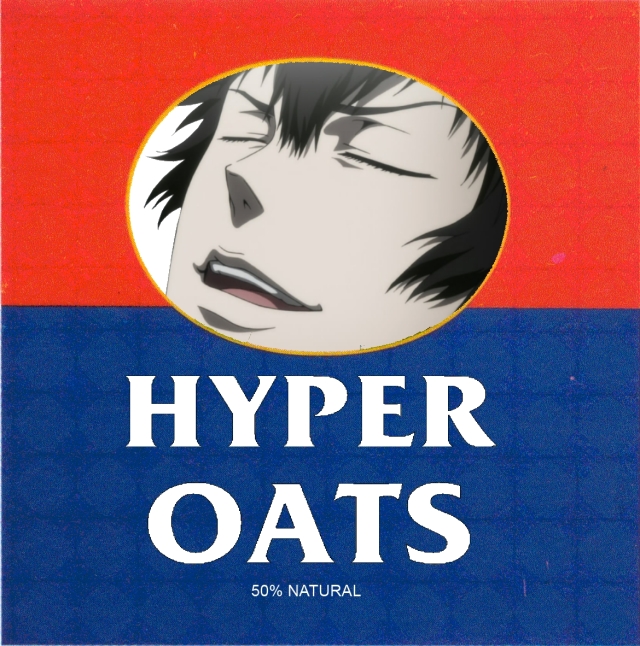
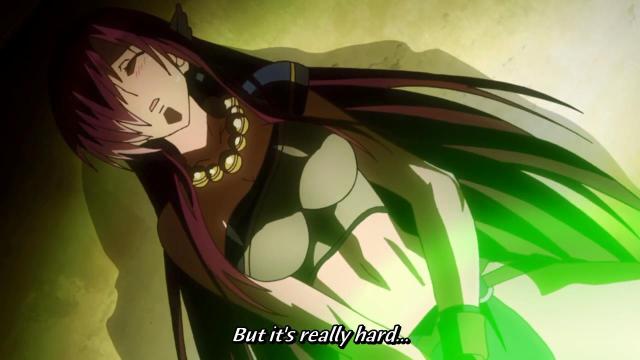
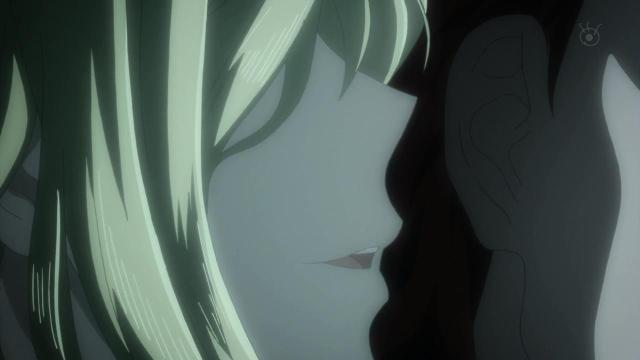
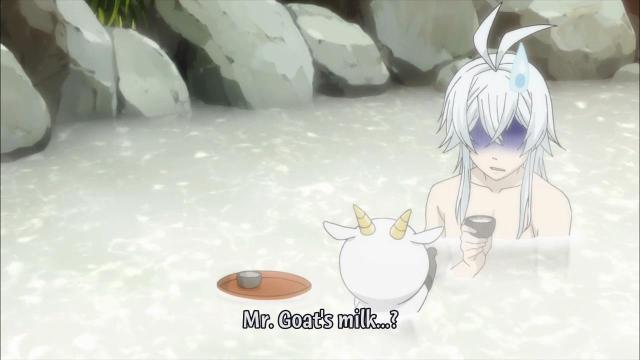
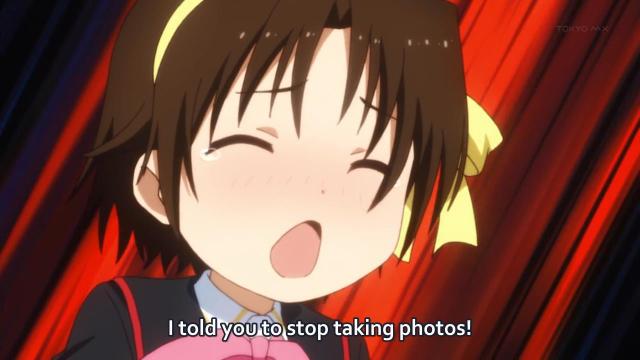
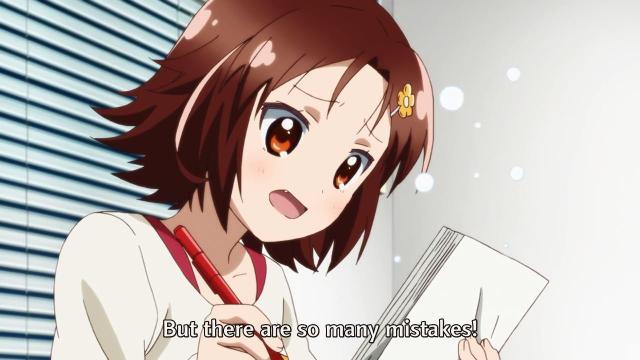
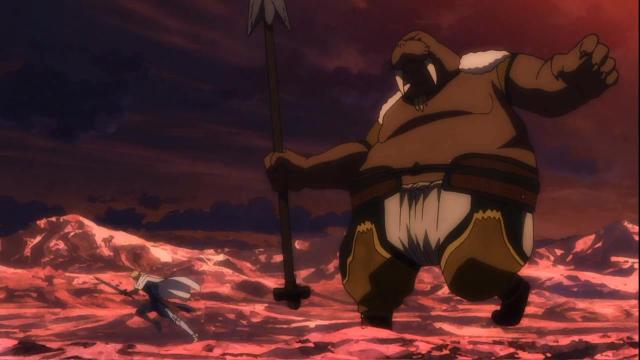
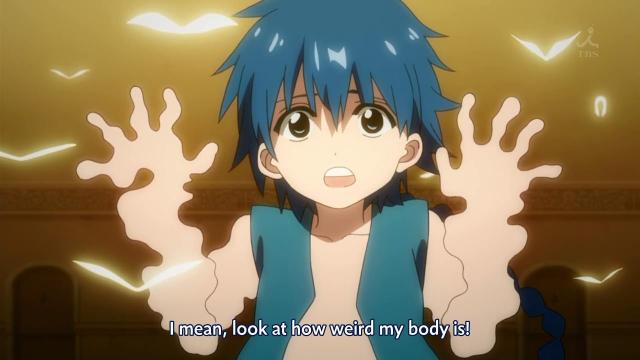
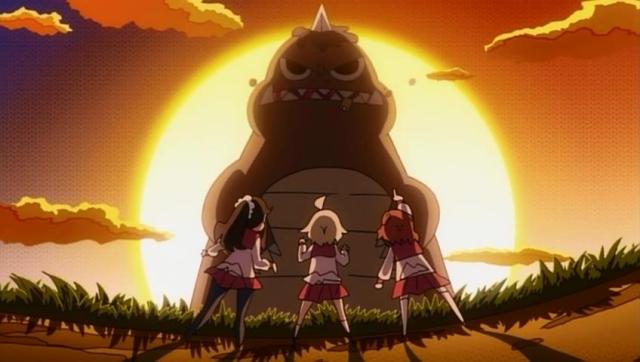
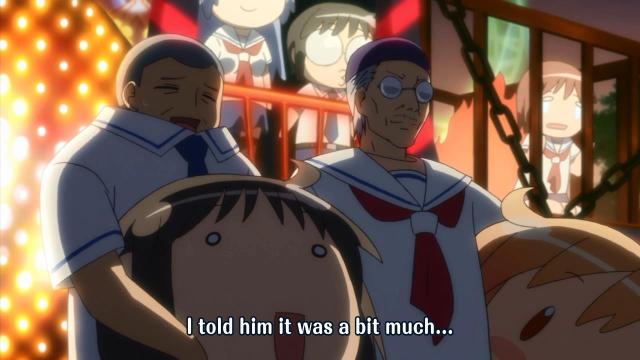
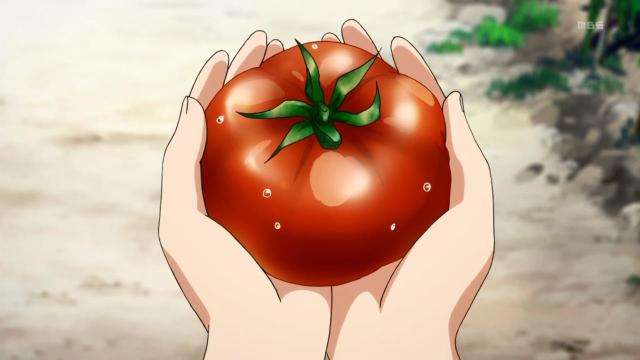
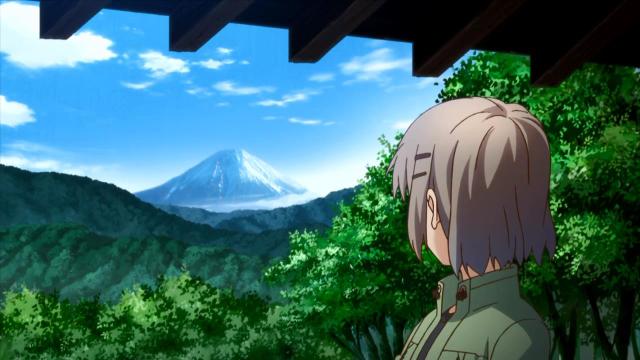
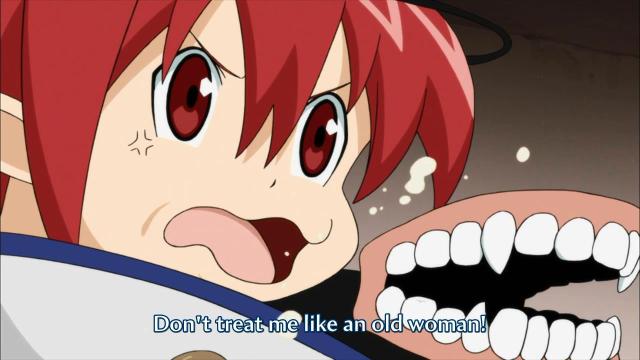
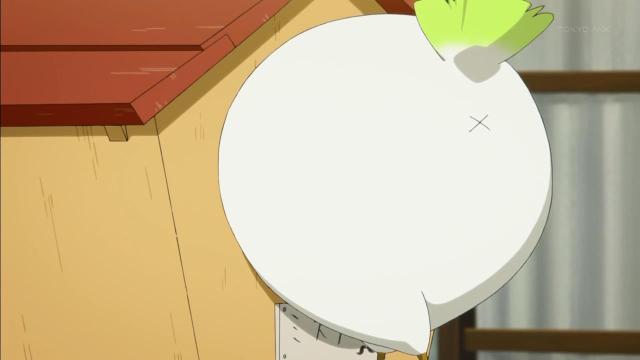
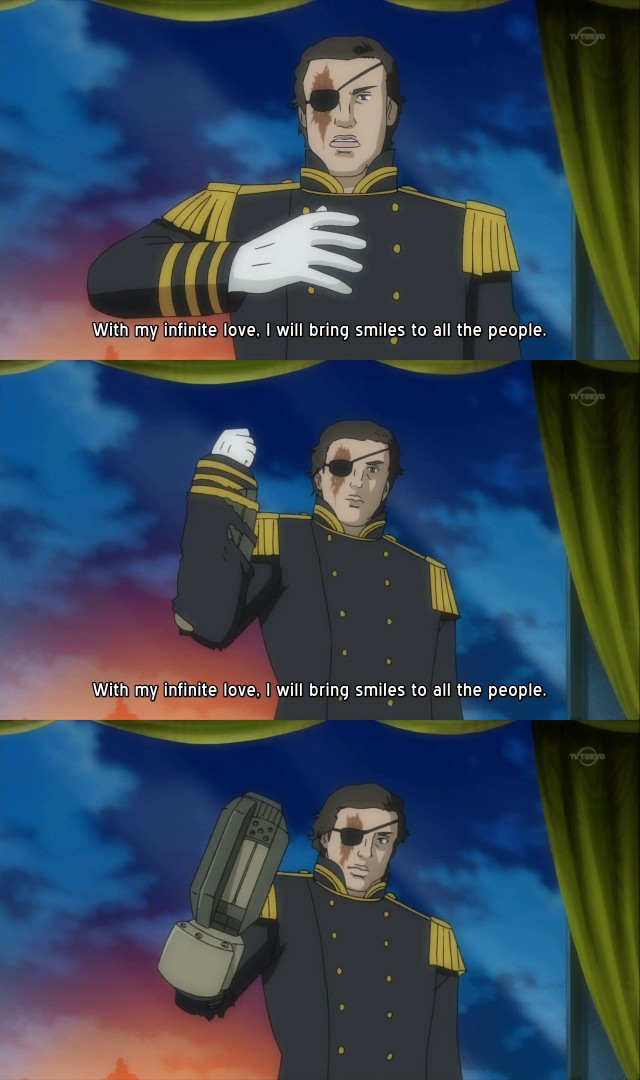
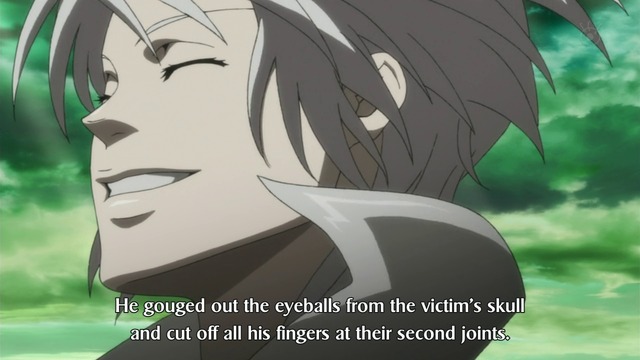
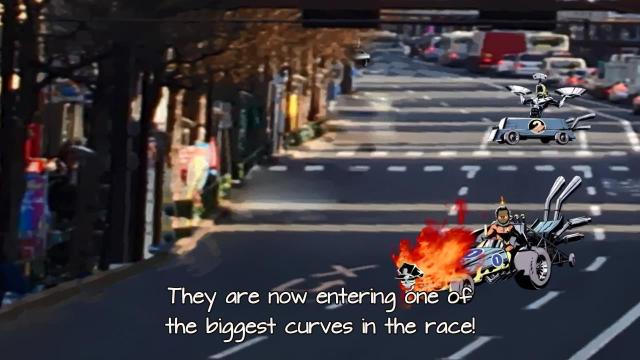

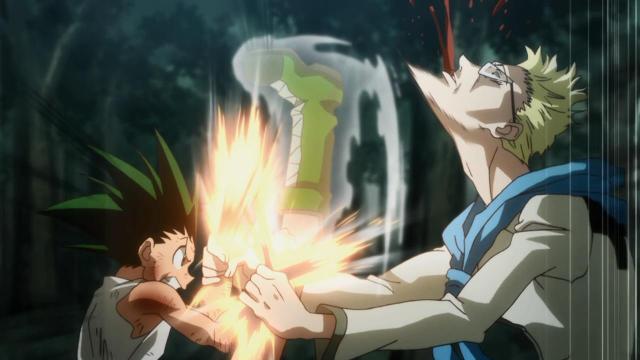
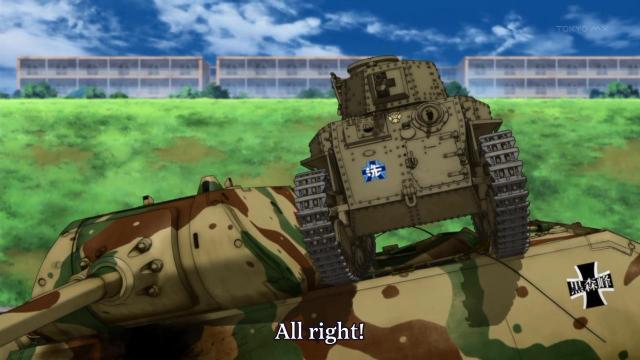
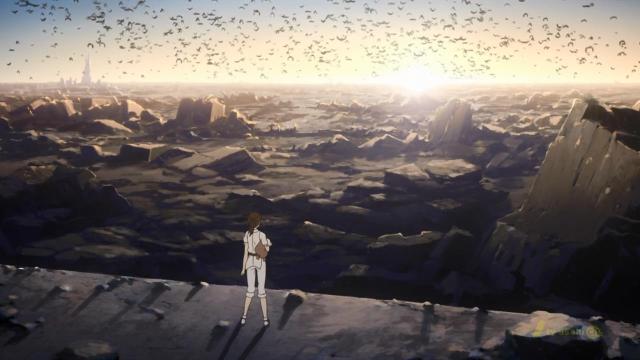
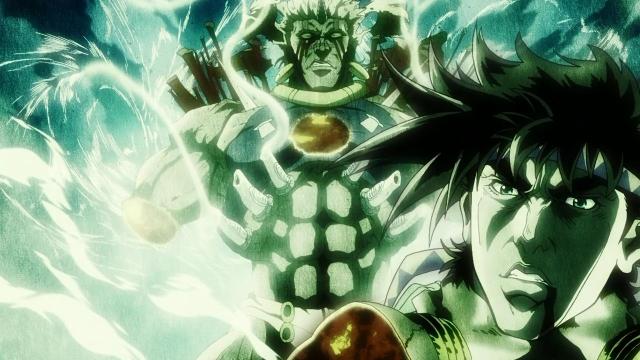


“which I have now watched at least 5 times in its entirety”
That’s actually pretty impressive.
I was also very impressed with the way SSY turned itself around – that scale of ambition in both the story and the theme (in a very different way from say PP) is quite something.
Just watched it again, actually. It’s so excellent.